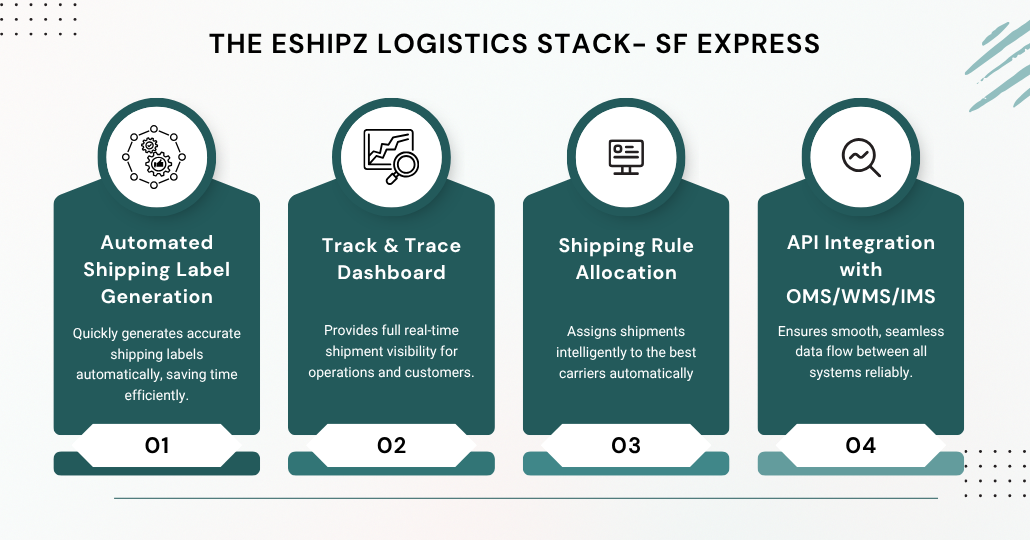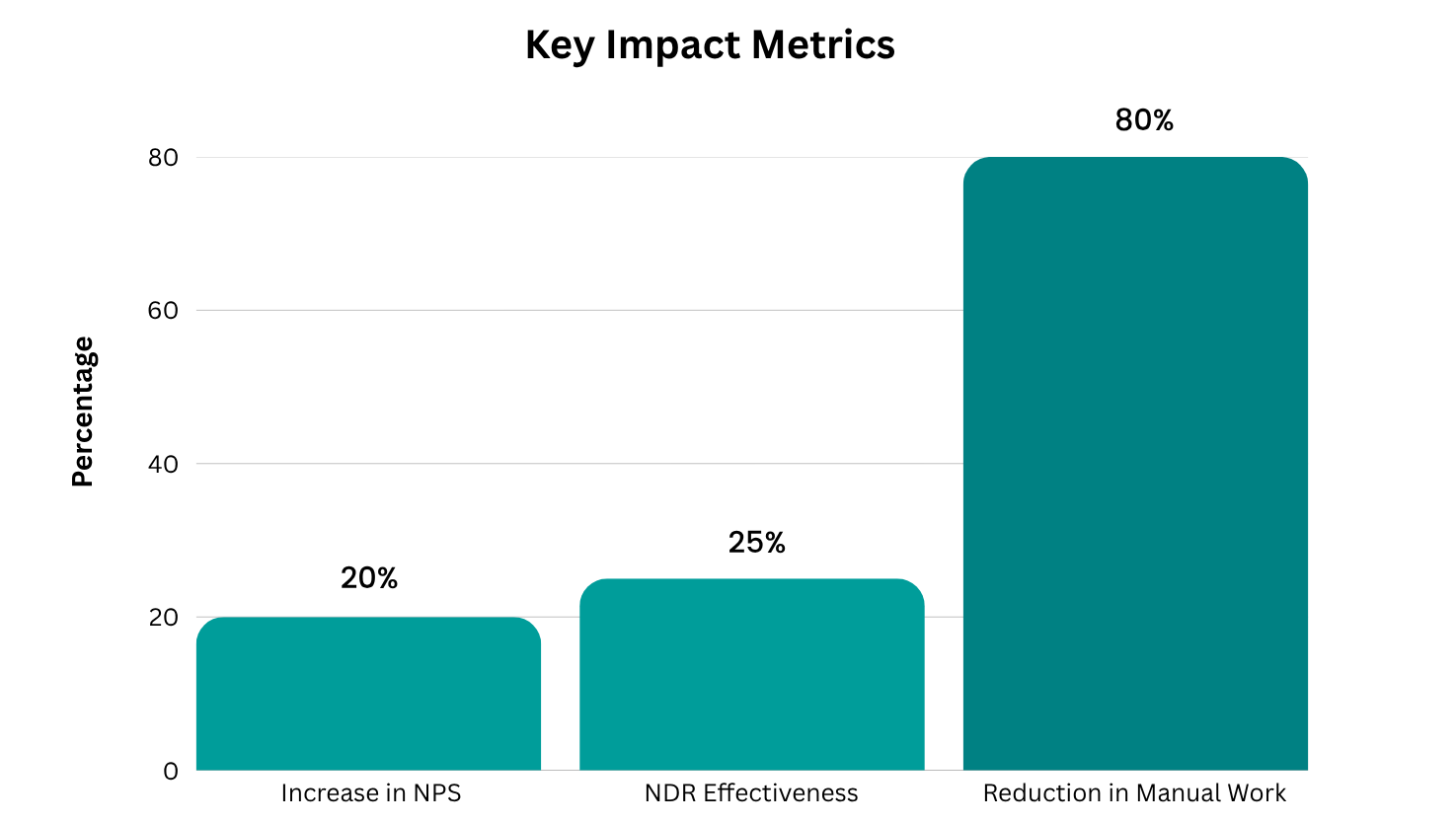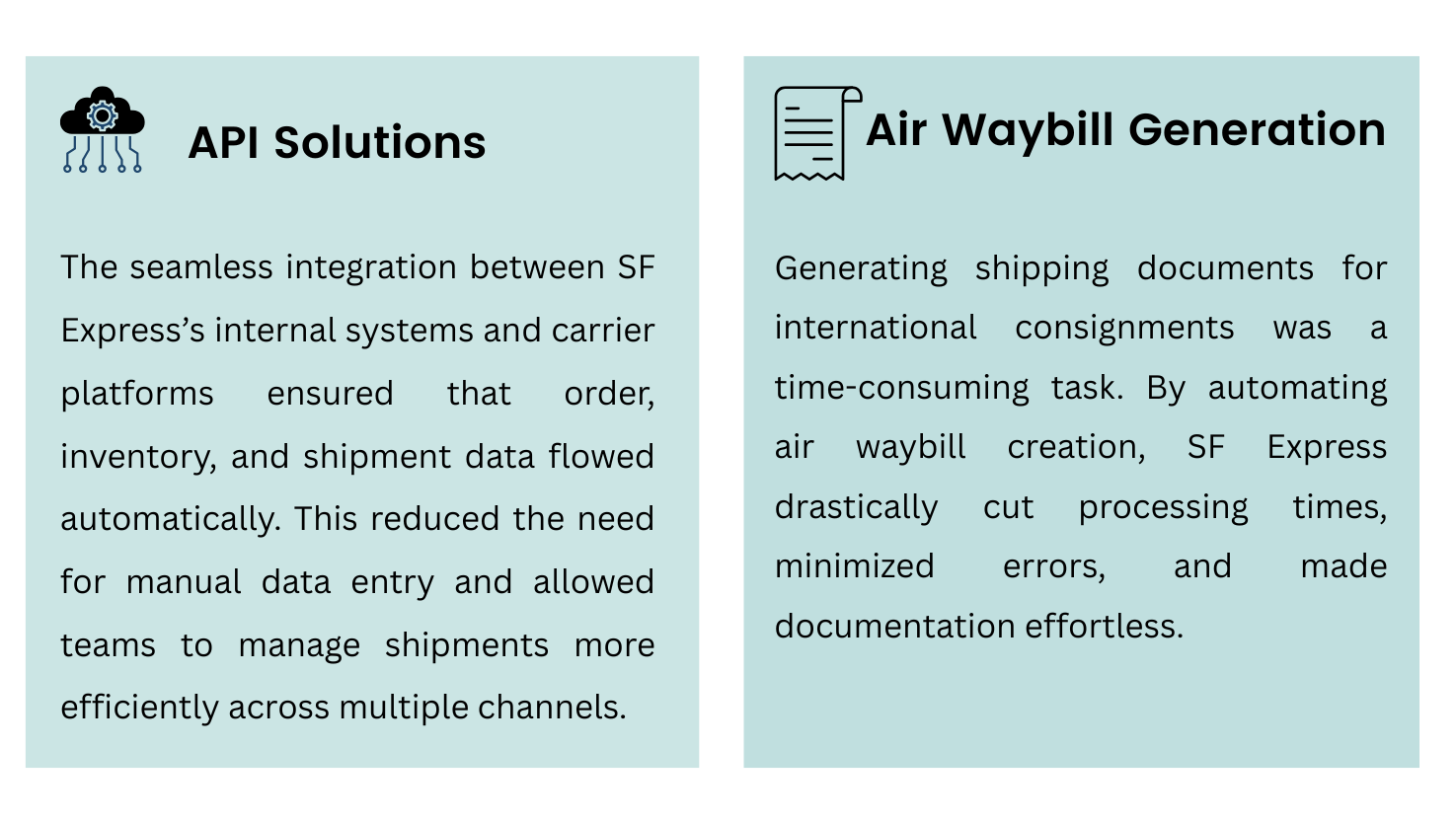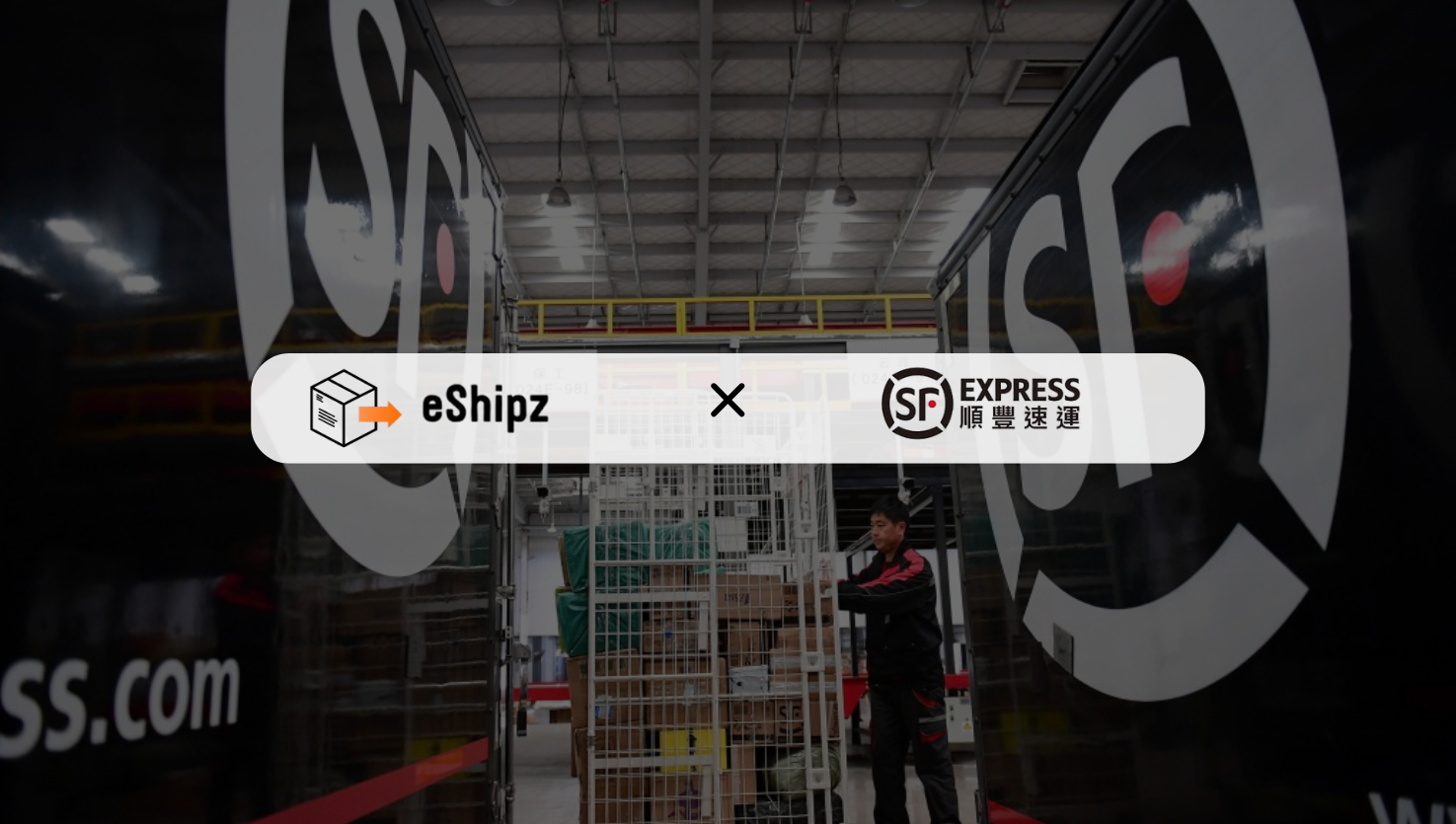About SF Express and Its Global Reach
Founded in 1993, SF Express is one of the leading international courier and freight forwarding companies with a strong presence across Asia, Europe, and North America. Over the years, the company has built a reputation for its extensive logistics network, time-definite delivery services, and innovative approach to cross-border logistics. With a commitment to efficiency and reliability, SF Express has become a trusted logistics partner for global enterprises and consumers alike.
In India, Nitesh Katkar, Operations Manager at SF Express, oversees both B2B and B2C logistics operations. As the company continued to expand its network and shipping volumes, the need for a smarter and more scalable operational system became clear. SF Express aimed to automate manual processes, strengthen shipment visibility, and enhance the customer delivery experience, all without disrupting its ongoing global operations.
This case study explores how SF Express optimized its shipping workflows through automation, reduced manual effort, and improved operational transparency. It also highlights the measurable outcomes achieved post-implementation and provides valuable insights for logistics and supply chain professionals seeking to digitize their own operations.
Pre-Automation Challenges in International Courier and Freight Operations
Before implementing automation, SF Express managed most of its daily shipping operations manually. Tasks such as shipping label generation, documentation, data updates, and shipment coordination between multiple systems were handled by the operations team through a mix of spreadsheets and manual data entry. While this approach had worked in the early stages, it gradually began showing its limitations as shipment volumes increased.
The manual workflows not only required constant human supervision but also made it difficult to maintain consistency and speed across large-scale operations. Simple actions like printing airway bills or updating shipment status could take longer when managed through multiple disconnected systems. This often led to delays in communication between internal teams and customers, especially when tracking or status updates were involved.
Although the team did not face any severe operational issues, they quickly realized that the manual setup was not sustainable in the long run. As SF Express continued to expand its network and handle both domestic and cross-border deliveries, the need for a more connected, automated, and data-driven process became clear.
The operations team wanted a solution that could bring together all their systems, Order Management (OMS), Warehouse Management (WMS), and Carrier APIs, into a unified platform. The goal was to gain real-time visibility, reduce manual dependency, and ensure every order moved smoothly from booking to delivery with minimal human intervention.
Key Solutions Implemented for Seamless International Shipping Operations
To keep up with its growing international and domestic shipments, SF Express implemented a set of automation solutions designed to streamline day-to-day operations and reduce manual workload. The goal was to create a more efficient, transparent, and scalable shipping workflow that could handle high volumes while maintaining accuracy and customer satisfaction.

Automated Shipping Label Generation: One of the biggest time-consuming tasks in logistics is printing and managing airway bills and shipping labels. By automating this process, SF Express significantly reduced the time and manual effort required to prepare shipments, ensuring that high-volume consignments could be processed quickly without errors.
Track & Trace Dashboard: Real-time shipment visibility became a critical need for both internal teams and customers. The Track & Trace dashboard allowed SF Express to monitor shipments across multiple carriers, providing instant updates and improving transparency. This not only helped in proactive issue resolution but also enhanced the overall customer experience.
Shipping Rule Allocation: Assigning the right carrier for each shipment based on delivery SLA, destination, or package type was previously a manual and error-prone process. With automated shipping rules, SF Express could intelligently allocate shipments to the most suitable carrier, improving operational efficiency and ensuring on-time deliveries.
API Integration with OMS/WMS/IMS: A seamless connection between Order Management Systems, Warehouse Management Systems, and carrier APIs ensured that order, inventory, and shipping data remained synchronized across platforms. This integration eliminated duplicate entries, reduced human errors, and streamlined end-to-end operational workflows.
Together, these solutions supported both B2B and B2C operations, enabling SF Express to manage a wide range of international and domestic shipments through a single, unified interface. By implementing these tools, the company was able to reduce manual effort, improve visibility across its logistics network, and maintain consistent service quality even as shipment volumes increased.
Measurable Results and Impact of Shipping Automation for International Courier Operations
After implementing shipping automation solutions, SF Express experienced clear improvements in operational efficiency, customer satisfaction, and overall logistics performance. By leveraging automated workflows, label generation, real-time tracking, and NDR solutions, the company was able to streamline daily operations and reduce dependency on manual processes.

- Reduction in Manual Work: Automation eliminated repetitive administrative tasks, such as manual label creation and data entry, resulting in a 40%–80% reduction in manual workload. Teams could now focus on more strategic activities rather than routine operational tasks.
- Lower Operational Costs: By reducing labor-intensive processes and improving workflow efficiency, SF Express achieved an estimated 10%–20% reduction in operational costs, making international and domestic shipments more cost-effective.
- Improved Tracking and Visibility: The real-time Track & Trace system allowed both operations teams and customers to monitor shipments continuously. This increased transparency enabled proactive issue resolution and minimized delivery delays.
- Enhanced Customer Satisfaction: Faster updates, reliable delivery notifications, and better communication strengthened trust among customers. The company observed a measurable improvement in customer engagement and loyalty.
- NDR (Non-Delivery Report) Effectiveness: With automated NDR solutions, the company reduced returns by 10%–25%, improving efficiency in handling failed deliveries and minimizing unnecessary costs.
- NPS (Net Promoter Score) Improvement: Customer feedback and satisfaction metrics showed a 10%–25% increase, reflecting a positive impact on post-delivery experience and overall service quality.
By adopting these solutions, SF Express not only optimized internal operations but also enhanced customer experience, ensuring consistent and reliable delivery across both B2B and B2C shipments. The measurable results demonstrate how automation can transform international courier and freight forwarding operations into a more efficient, connected, and customer-centric system.
Most Valuable Features Driving Efficiency at SF Express
When evaluating the system, Nitesh Katkar highlighted a few key features that made a significant difference in SF Express’s day-to-day operations. These features were essential in reducing manual effort, improving accuracy, and speeding up shipping processes.

Together, these features supported both B2B and B2C operations, enabling the company to maintain high operational standards while scaling its shipping volumes. By focusing on automation and integration, SF Express strengthened both internal workflows and the overall customer delivery experience.
Building a Scalable and Connected Logistics Network
This case study highlights how SF Express leveraged shipping automation to transform its logistics operations. From reducing manual workloads and improving shipment visibility to enhancing customer satisfaction and operational efficiency, the company successfully implemented tools that support both B2B and B2C operations.
The transition to automated logistics management was more than a technological upgrade, it was a strategic move toward scalability, consistency, and reliability. With real-time tracking, integrated data flows, and automated processes, SF Express strengthened its ability to deliver timely, accurate, and seamless services across domestic and international shipments.
As SF Express continues to grow, its connected and streamlined operations serve as a model for efficient, transparent, and customer-centric logistics management. Don’t get left behind, streamline your shipping, improve visibility, and stay ahead of your competitors.
Contact eShipz today and make sure your logistics operations are ready for the next level.

